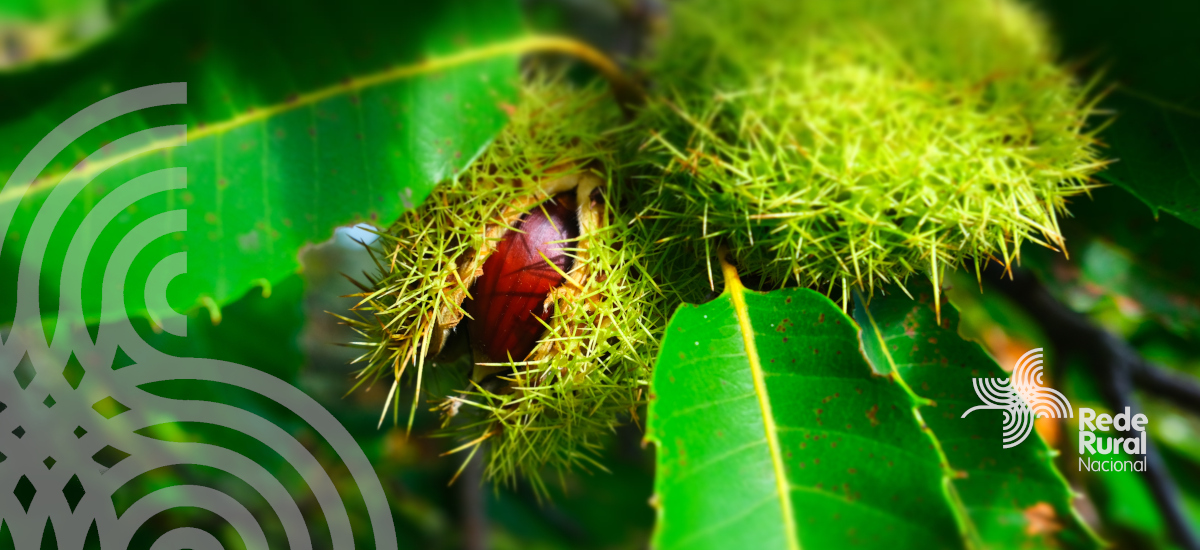This paper summarizes a broad range of studies that have examined influences of recent climate change on plant phenology or distribution. Spring events such as leafing and flowering have
...Climate change is expected to have a significant impact on various economic sectors (IPCC, 2007) but an especially large one on agriculture because animal and crop growth are heavily influenced
...We estimate the global bioenergy potential from dedicated biomass plantations in the 21st century under a range of sustainability requirements to safeguard food production, biodiversity and
...In today's growing cities, where land is an expensive commodity and direct exposure to sunlight is a valuable asset, rooftops constitute vast underexploited areas. Particularly with growing urban
...Global food systems are as vital for human survival as they constitute a major threat to the environment, being key drivers of climate change, water use, toxic emissions and habitat change. In a
...Yield forecasts are generally based on a combination of expert knowledge, survey data, statistical analyses and model simulations. These forecasts, when public, influence crop prices and can be
...Ensuring the availability of the broadest possible germplasm base for agriculture in the face of increasingly uncertain and variable patterns of biotic and abiotic change is fundamental for the
...The agricultural sector remains the main source of livelihoods for rural communities in Ethiopia, but faces the challenge of changing climate. This study investigated how smallholder farmers
...Agricultural land abandonment (ALA) is widespread in many countries of the global north. It impacts rural communities, traditional landscapes, biodiversity and ecosystem services. It is an
...Although the public governance of climate change adaptation gained increasing attention among both policy-makers and researchers in recent years, it is still largely unclear how governments aim
...
























